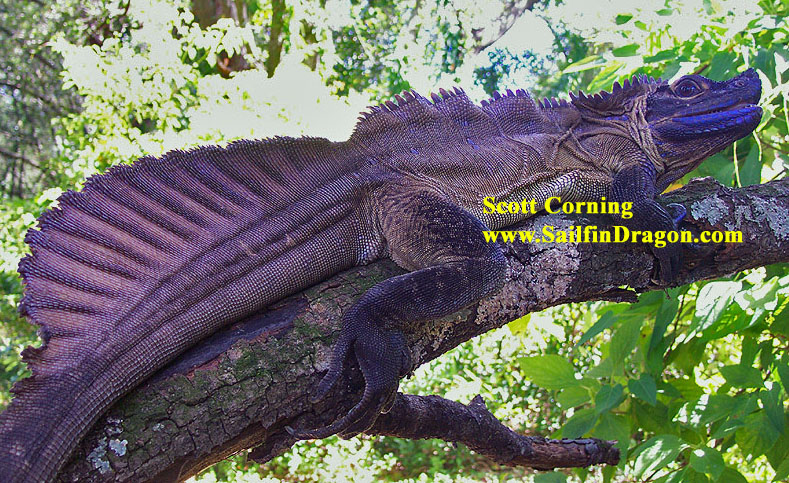 |
| Image by me |
The Wolverine (Gulo gulo) is, for all intents and purposes, a very big weasel. Forty-five pounds big. They are found around the world, under the Arctic Circle. Due to the large amount of food each individual requires, they have massive home ranges, with males wandering around an area of nearly 250 square miles. They can take down large prey (up to Caribou), but tend to scavenge when they have the opportunity.
The Wolverine has gained the same sort of reputation in North America as the Hyena does in Africa—a mangy, dangerous, scavenger (my dad has other names for the University of Michigan Wolverines). They aren’t mangy, but they are mainly scavengers—why fight a moose when it’ll die of starvation soon enough? They can also be quite dangerous, but name a fifty-pound animal that isn’t1.
I suppose what really irks me is the instant inclusion of scavengers into the “evil” category. Wolverines, hyenas, ravens and vultures all tend to get thrown into this role. I suppose this trend comes from the association with death, but I tend to see them more as janitors. They serve a vital role in cleaning up the ecosystem (would you like to be neck deep in deer carcasses?), and they get absolutely no respect for it. As the mutant Logan states "I'm the best there is at what I do, but what I do isn't very nice."
Despite their ferocious image, the mothers take good care of their young, keeping them close and safe for more than a year after they are born. It’s at this stage of life that Wolverines are the most vulnerable to other predators in the area, but when there’s a protective mother Wolverine in the area, that’s not all that vulnerable. Videos of the baby Wolverines are just as cute as you’d expect baby mammals playing to be.
Despite declining numbers due to the expanding range of humans, predator poisoning regimes, and trapping, Wolverines are not listed by the IUCN. They’re not even federally listed in the US (despite multiple petitions for such), due to lack of data on their numbers, though there may be some pressure from groups who still want to trap these animals. They are, however, listed as endangered in Canada. As information grows about these animals, hopefully we can begin to better protect this ferocious (sometimes) scavenger.
1Dad mentioned the Capybara. Wikipedia says they “…are gentle and will usually allow humans to pet and hand-feed them.” Dang. Alright, smart guy, name a second one.







